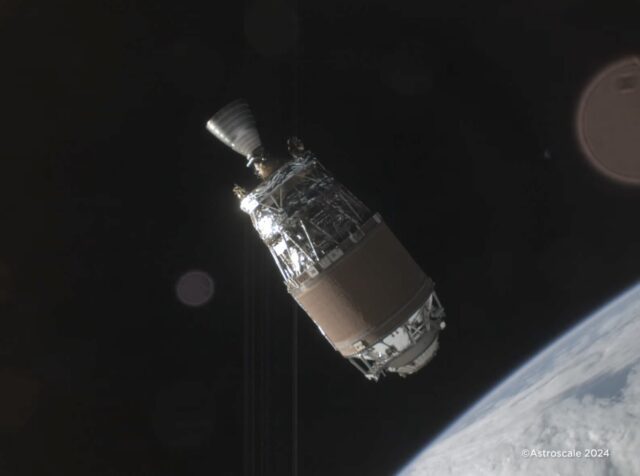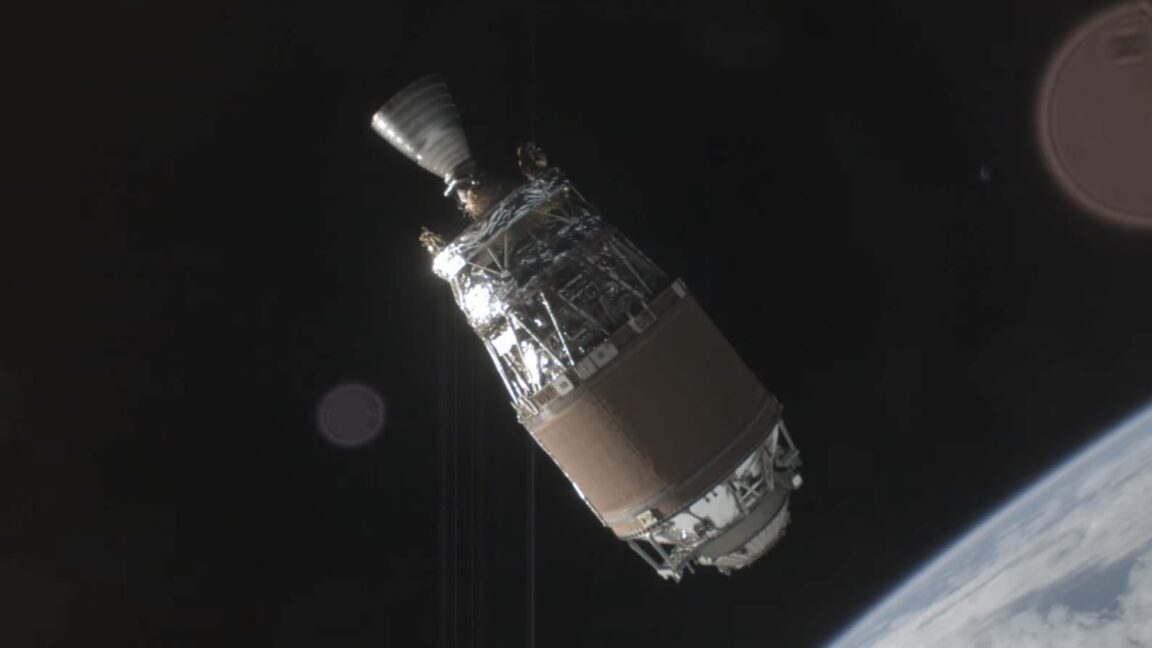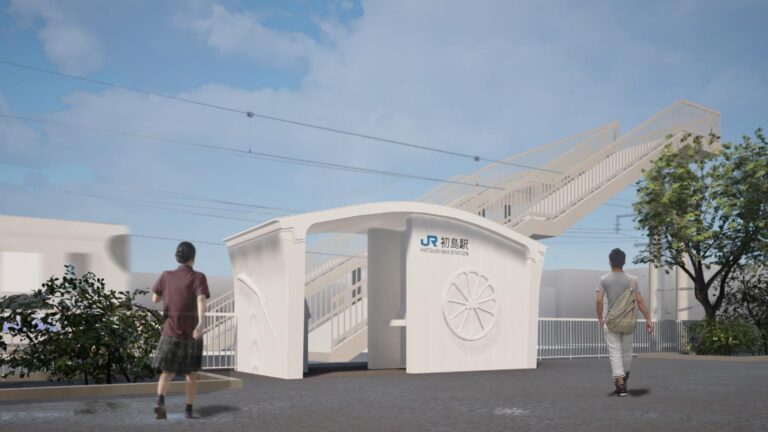There's a scene in the film Interstellar where Matthew McConaughey's character flies his spaceplane up to meet a mothership spinning out of control. The protagonist rises to the challenge with a polished piece of piloting and successfully links up with his objective.
Real life, of course, isn't quite this dramatic. Slow down that spin to a tranquil tumble, and replace McConaughey's hand on the joystick with the autonomous wits of a computer, and you'll arrive at an approximation of what Japanese company Astroscale has accomplished within the last year.
Still, it's an impressive feat of engineering and orbital dynamics. Astroscale's ADRAS-J mission became the first spacecraft (at least in the unclassified world) to approach a piece of space junk in low-Earth orbit. This particular object, a derelict upper stage from a Japanese H-IIA rocket, has been in orbit since 2009. It's one of about 2,000 spent rocket bodies circling the Earth and one of more than 45,000 objects in orbit tracked by US Space Command.
"This is the world's first technology that allows any object orbiting the Earth at high speeds to be safely approached from the ground," said Nobu Okada, founder and CEO of Tokyo-based Astroscale. "It has great potential."
Mission success
Like most other space debris, the H-IIA rocket approached by Astroscale is uncontrolled and lacks navigation aids or inter-satellite communication links that could help another satellite safely move in for a close look. This presents a more significant technical challenge than rendezvousing with a "cooperative" object like the International Space Station.
Ars reported on the progress of Astroscale's ADRAS-J mission last August, soon after the spacecraft flew as close as 50 meters (164 feet) from the H-IIA rocket. ADRAS-J is the centerpiece of a public-private partnership between Astroscale and the Japan Aerospace Exploration Agency, which participated with a $13 million contract to co-fund the mission.



 Loading comments...
Loading comments...
